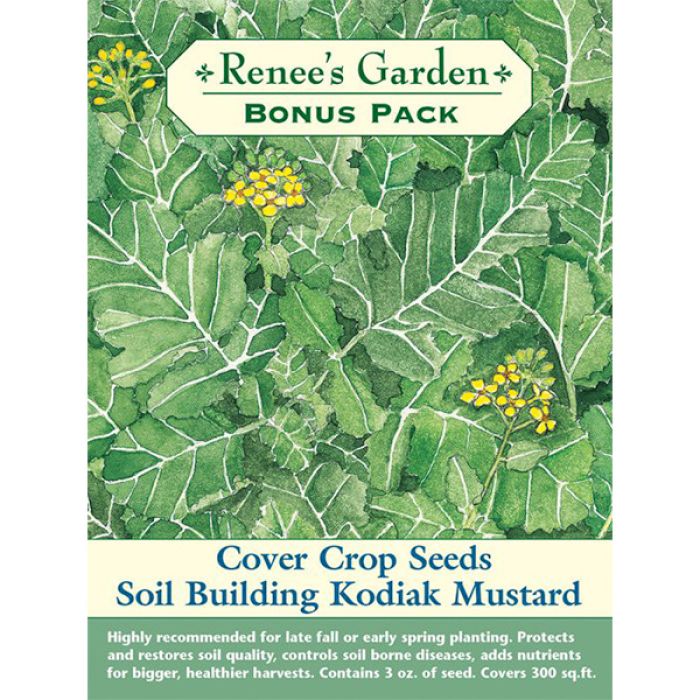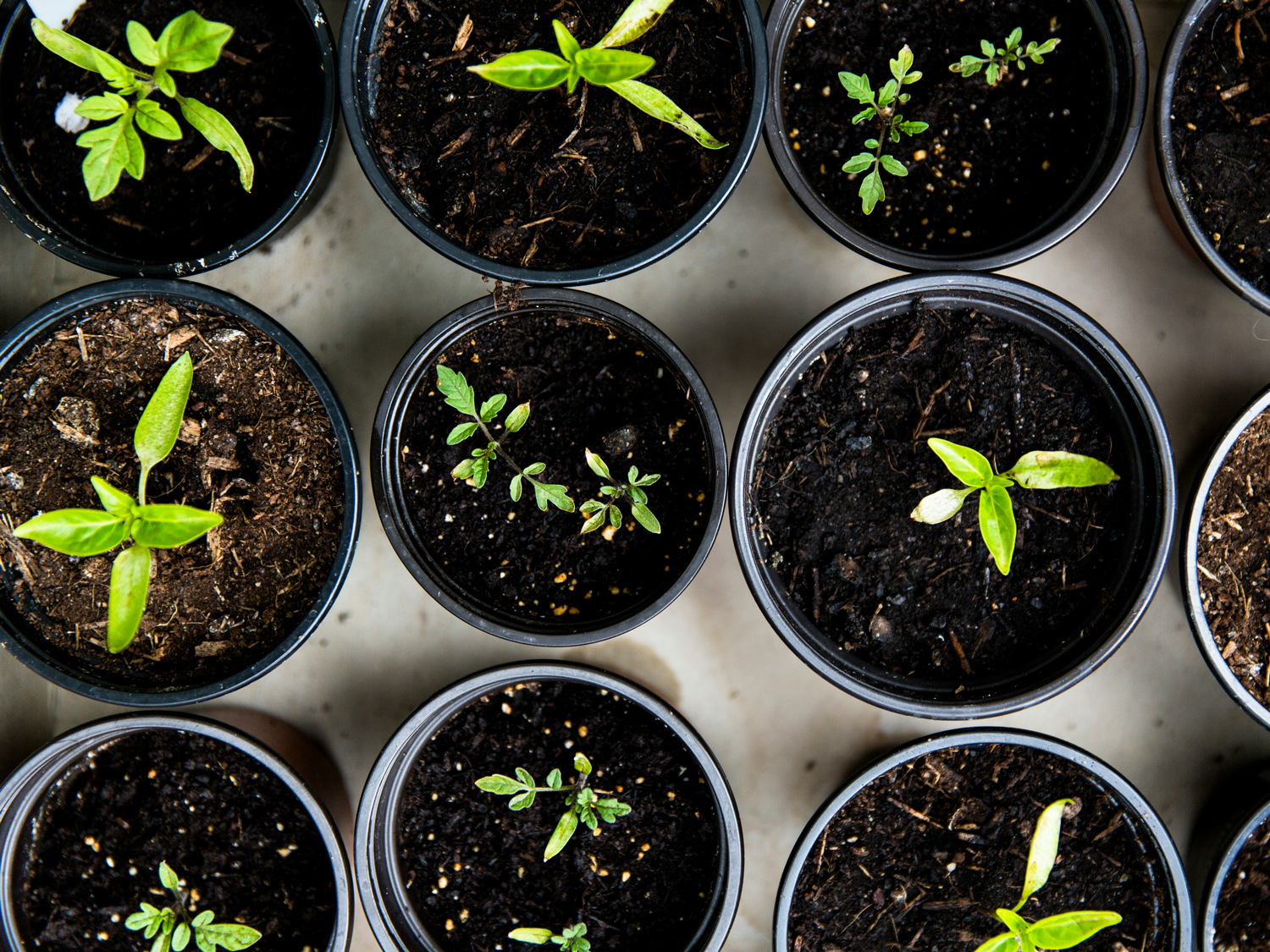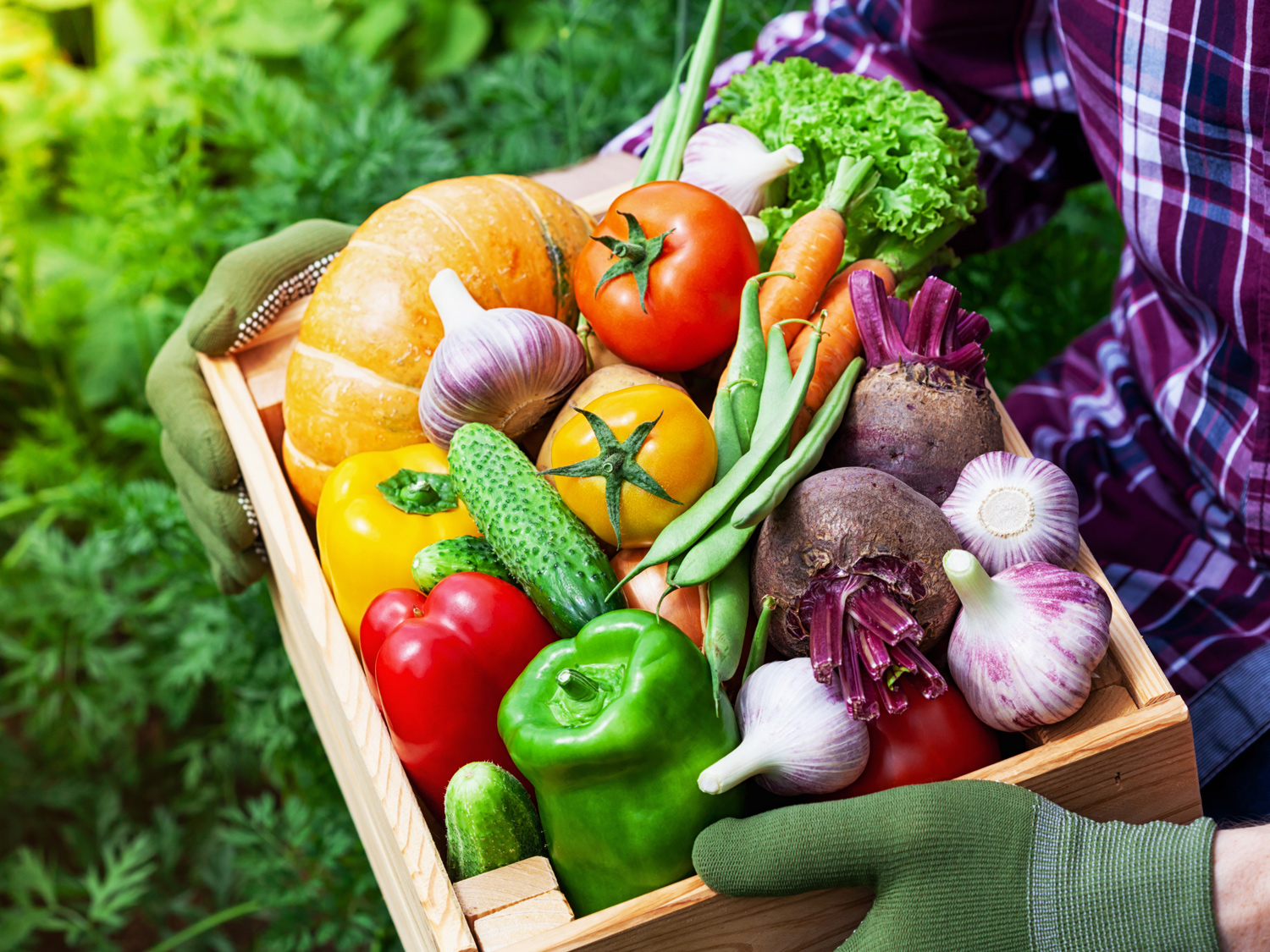WHEN TO PLANT
In Mild Winter Climates, where ground does not freeze hard, sow in late fall to overwinter.
In Cold Winter Climates, where ground freezes hard, plant in fall for winter die back, then incorporate in spring, OR sow as early as possible in spring.
TO PREPARE THE PLANTING AREA
Remove weeds, grass and large stones. Break up soil clumps and evenly loosen the top 2 inches of soil with a rake. Scatter seeds thinly, 1 to 2 inches apart. Using a rake, cover seeds with fine soil 1/4 to 1/2 inch deep and lightly firm the soil. Water thoroughly and evenly.
Keep soil moist while germinating and when seedlings are small. Growing plants thrive best if watered regularly.
INCORPORATING YOUR COVER CROP
Method 1: When mustard is 5 to 6 inches tall, use a garden fork, shovel or rototiller to turn plants into the ground to break down and enrich soil for planting, which takes about a month.
Method 2: When mustard is about 1 foot tall, pull plants out, shake off soil, and then compost plants to incorporate into soil later as finished compost. Timing depends how long your composting process takes.
Method 3: When plants are 1 foot tall, weed whack the mustard to chop it down. Cover the chopped crop with black plastic to hasten decomposition and then turn the nutritious residue into the soil 2 to 3 weeks before sowing garden crops.




